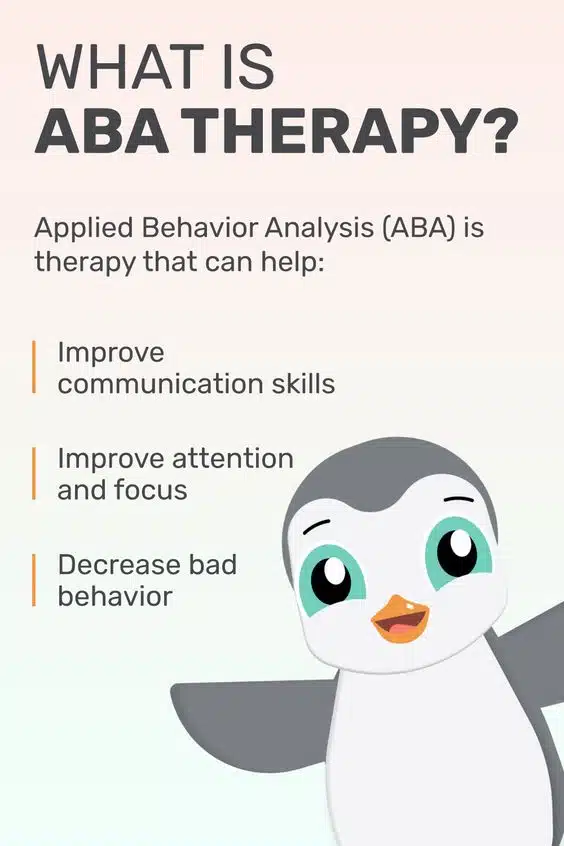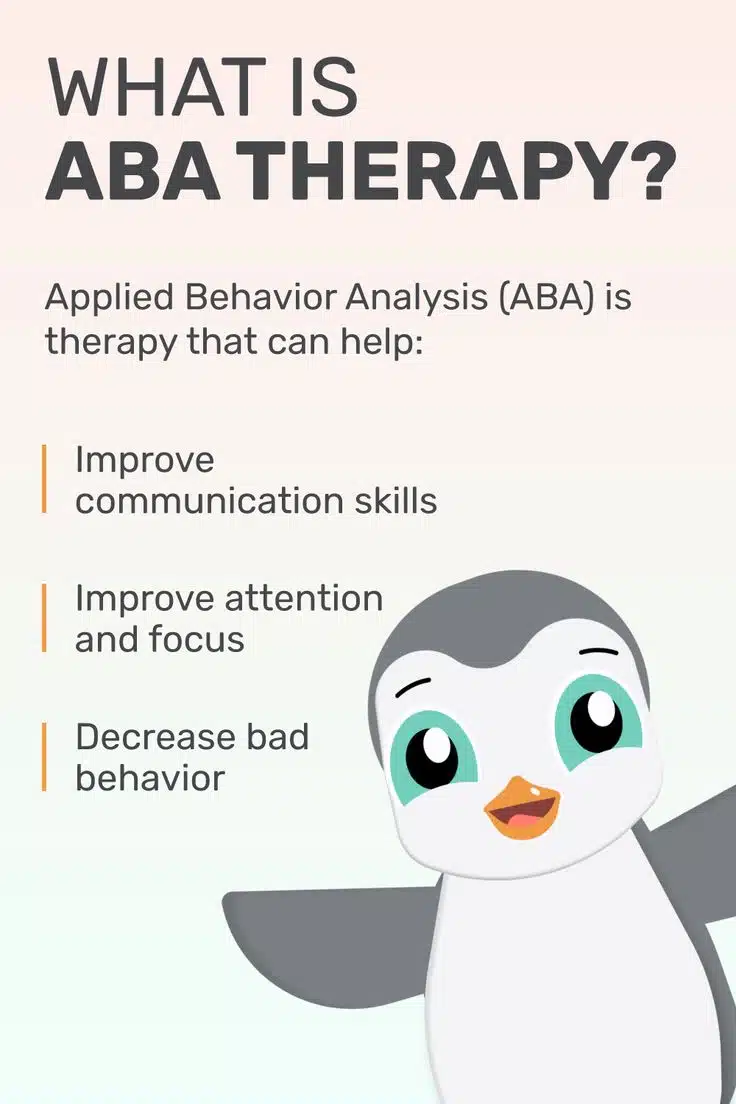Meet Charlie, a spirited 7-year-old with autism. Let’s dive into a scenario that demonstrates the concept of assent in ABA therapy:
- Scenario: Charlie’s ABA therapist, Sarah, arrives for a therapy session.
- Initial Resistance: Charlie initially seems hesitant and reluctant as he clings to his favorite toy. He avoids eye contact and remains silent.
- Therapist’s Approach: Sarah patiently sits nearby, acknowledging Charlie’s attachment to his toy. She says, “Charlie, I see you love your toy. Can we play with it together during our session?”
- Nonverbal Assent: Charlie looks at Sarah and hands her the toy, a nonverbal gesture indicating his agreement to engage in therapy.
- Collaborative Session: Sarah incorporates Charlie’s interests into the therapy, using the toy as a tool for learning. Charlie becomes more engaged and responsive.
- Positive Progress: Charlie’s assent is evident throughout the session through his active participation and cooperation. He responds to prompts and even starts using some words.
This scenario demonstrates how assent in ABA therapy involves a child’s willingness to participate, even when initially hesitant. The therapy session becomes more effective and enjoyable by respecting Charlie’s interests and gaining his assent.















